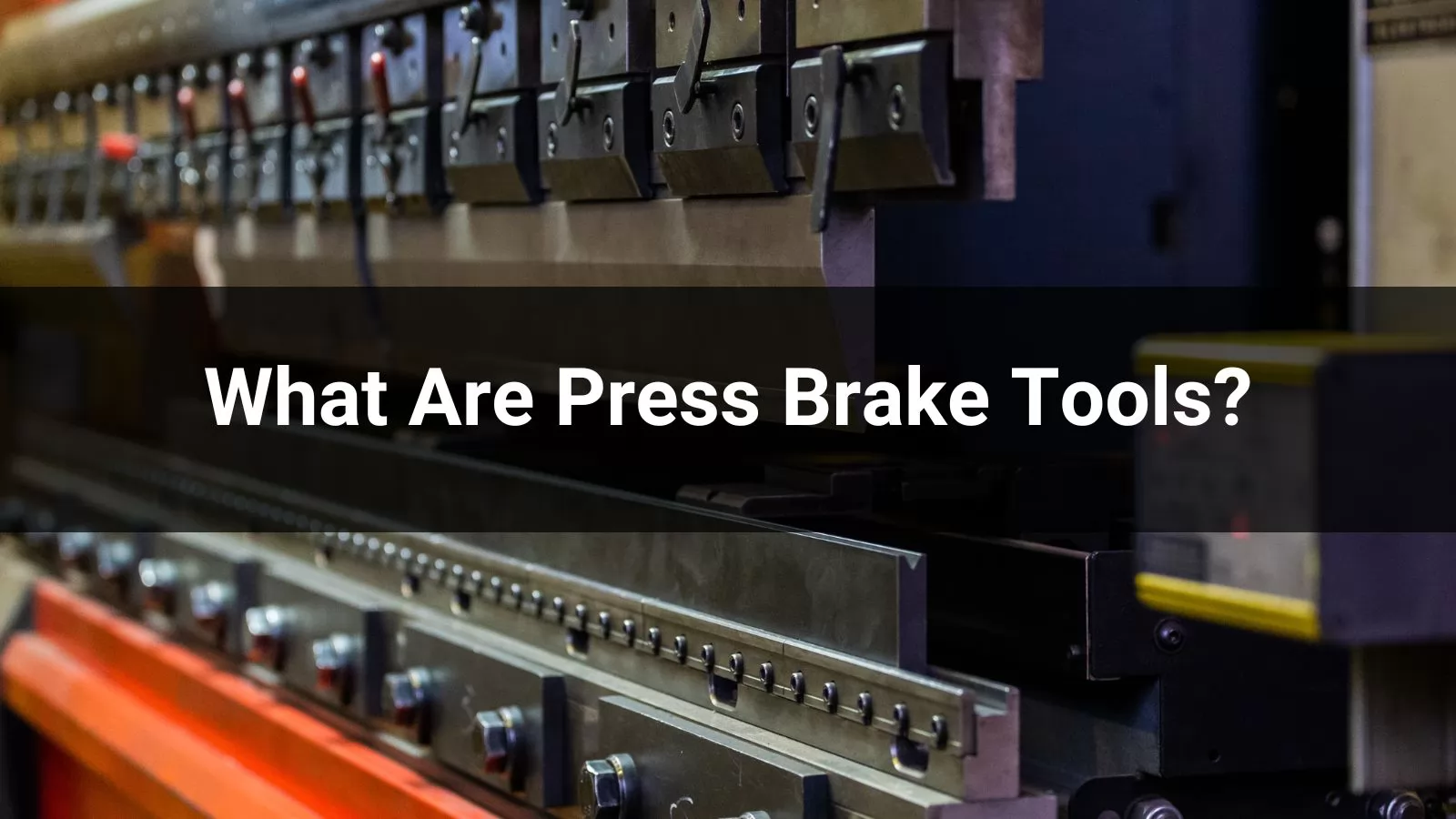





Shinite's press brake tools are designed to elevate your metal fabrication operations with precision, durability, and efficiency. Our Press Brake Punches ensure unmatched accuracy and long-lasting performance, making them ideal for intricate designs or straightforward bends. Complementing them are our Press Brake Dies, crafted from high-quality, wear-resistant materials to deliver flawless angles and smooth finishes for a wide range of bending needs.
Beyond punches and dies, Shinite offers a comprehensive suite of tools, including hemming tools for clean edges, offset tools for Z-bends, radius tools for curved bends, and custom solutions tailored to unique project requirements. With a focus on uncompromising quality, versatility, and expert support, Shinite's press brake tools empower manufacturers to achieve superior results and optimized workflows.
Punch
Die
Press brake tools are essential components used in sheet metal bending, each designed for specific bending tasks to ensure precision and efficiency. Standard tools are the most commonly used and include basic punches and dies suitable for general bending applications. These tools are versatile and can handle a wide range of common bending tasks.
For more complex bends, gooseneck punches are designed to create deep bends without the risk of colliding with the material. This design allows for more intricate bending where the punch needs to reach into a deep cavity while maintaining clearance from the sheet.
Offset tools are typically used to create Z-shaped bends. These tools allow for precise shaping of the material into offset geometries, essential for producing parts with specific angles or unique designs.
Hemming tools are used to create folded edges on the material, which are often required for both functional and aesthetic purposes. Hemming is commonly employed for producing stronger edges, often in automotive parts or decorative metalwork, and is important for safety and appearance.
For producing curves rather than sharp angles, radius tools are used. These tools create smooth, curved bends instead of right angles, providing a more aesthetically pleasing finish and reducing the likelihood of material fatigue along the bend.
Finally, custom tools are tailored to meet specific requirements for particular applications. These tools are often designed for specialized industries where unique bending shapes or functions are needed, ensuring that the press brake is fully optimized for the job at hand.
Automotive Industry
Aerospace Sector
Construction
Metal Fabrication
When choosing press brake tools, several factors must be taken into account to ensure optimal performance and precision.
Material Compatibility is crucial, as different metals require different tools. It’s important to select tools that are suitable for the type of material being used, as well as its thickness. The correct tool ensures efficient bending without damaging the material or compromising the quality of the bend.
Bending Angle and Radius are key considerations when selecting punches and dies. The tools should be able to achieve the required bend specifications, whether that involves sharp angles or more gradual curves. Ensuring the right tool for the job is essential for producing accurate and consistent results.
Durability plays a significant role in the long-term efficiency of the tools. Tools made from high-quality materials, such as hardened steel, tend to last longer and perform better under repeated use. Durability ensures fewer tool replacements and greater reliability in the long run.
Machine Compatibility is another important factor. Press brake tools must match the specifications of the machine being used, including the punch and die size, tool height, and mounting system. Choosing the wrong tool for your machine can lead to suboptimal performance or even damage to both the tool and the machine.
Finally, Precision Requirements are essential for high-quality bending. Depending on the application, you may need tools that offer high precision for tight tolerances. Selecting tools that can meet the specific accuracy needed for your project ensures that the final product meets your expectations and industry standards.
To ensure the longevity and optimal performance of press brake tools, proper maintenance is essential. Here are some key maintenance tips:
Regular Cleaning: Keeping the tools clean is vital to prevent the buildup of debris, metal shavings, or other contaminants that could affect the accuracy and efficiency of the tools. Regular cleaning will help maintain their functionality and reduce wear.
Inspect for Wear: Routine inspections are crucial to identify any signs of wear, cracks, or damage. Worn-out or damaged tools can compromise the quality of bends and reduce the overall performance of the press brake. Replacing damaged tools promptly helps maintain consistent results.
Lubrication: Proper lubrication is essential to prevent tools from rusting and to reduce friction during operation. Applying the right lubricants will not only help prevent corrosion but also extend the lifespan of the tools by ensuring smooth movement and reducing the risk of premature wear.
Proper Storage: After use, press brake tools should be stored in a clean, dry, and organized environment. Tools should be kept away from moisture, dirt, and potential physical damage. Using tool racks or protective cases can help maintain their shape and ensure they remain in good condition for future use.
By following these maintenance practices, you can prolong the life of your press brake tools and maintain their accuracy and performance.
Press brake tools are indispensable in modern metalworking, enabling industries to achieve high-quality, precise results efficiently. Whether you’re creating simple bends or intricate shapes, investing in the right tools ensures success in every project.





Fastest
Installation

Top-Notch
Equipment

24/7 Customer
Support

100% Secured
Payment
